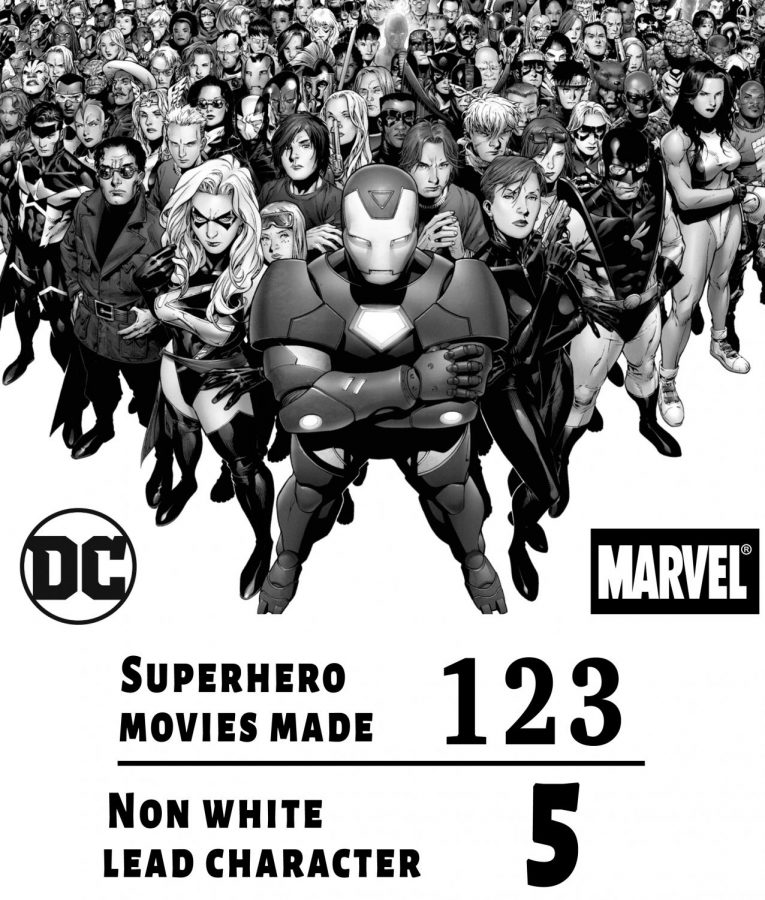‘Black Panther’: Did it really help point out Hollywood’s racism?
There has been a buzz around the world that there needs to be more superhero movies with colored leads in them ever since the release of “Black Panther.”
The movie was everything I wanted in a comic book. However, I looked at it as just a comic book movie that was long overdue rather than a movie that helped sparked a social movement.
Former First Lady of the U.S., Michelle Obama, said, “It allows young people to finally see superheroes that look like them on the big screen.”
I completely agree.
As an avid movie watcher, I do enjoy seeing people of color as the lead, because it is more relatable. However, there is only so much one can pick from.
The problem is not just with superhero movies but also with superhero comics that have white leads for the most part. Growing up, I enjoyed comics more when the race of the character matched mine, which was rare.
But the topic of having colored people as leads in superhero movies arose before “Black Panther.”
“Green Lantern” featured the least popular Green Lantern, Hal Jordan, instead of the more known John Stewart, the black character who has been the main character since the 1980s.
This movie, seven years ago, did cause a social movement demanding for more colored leads in superhero movies.
Maybe Hollywood even tried to make up for the racial disparity by having Michael B. Jordan play “The Fantastic Four’s” Human Torch, a white male according to the comic book.
But one cannot just change the color of the character to fill the racial gap on big screens.
In Hollywood, 76.1 percent of the actors are white. African American actors come in second with only 9.8 percent.
To have a movie where 99 percent of the cast was black and/or African American like in “Black Panther” is a rarity, but not the first one to spark issues of racial disparity in superhero movies.
It did help society bring back the topic of needing more colored leads in superhero movies, but chances are, this buzz is going to die just like the rest of its predecessors.






